In the vast expanse of our planet, remote islands offer unparalleled opportunities for adventure and solitude. These isolated gems promise unique experiences that captivate the hearts and minds of travelers and adventurers alike. As we look forward to 2025, let’s delve into some of the world’s most secluded islands, which are not only geographical marvels but are also rich in culture, history, and natural beauty.
Tristan da Cunha (British Overseas Territory)
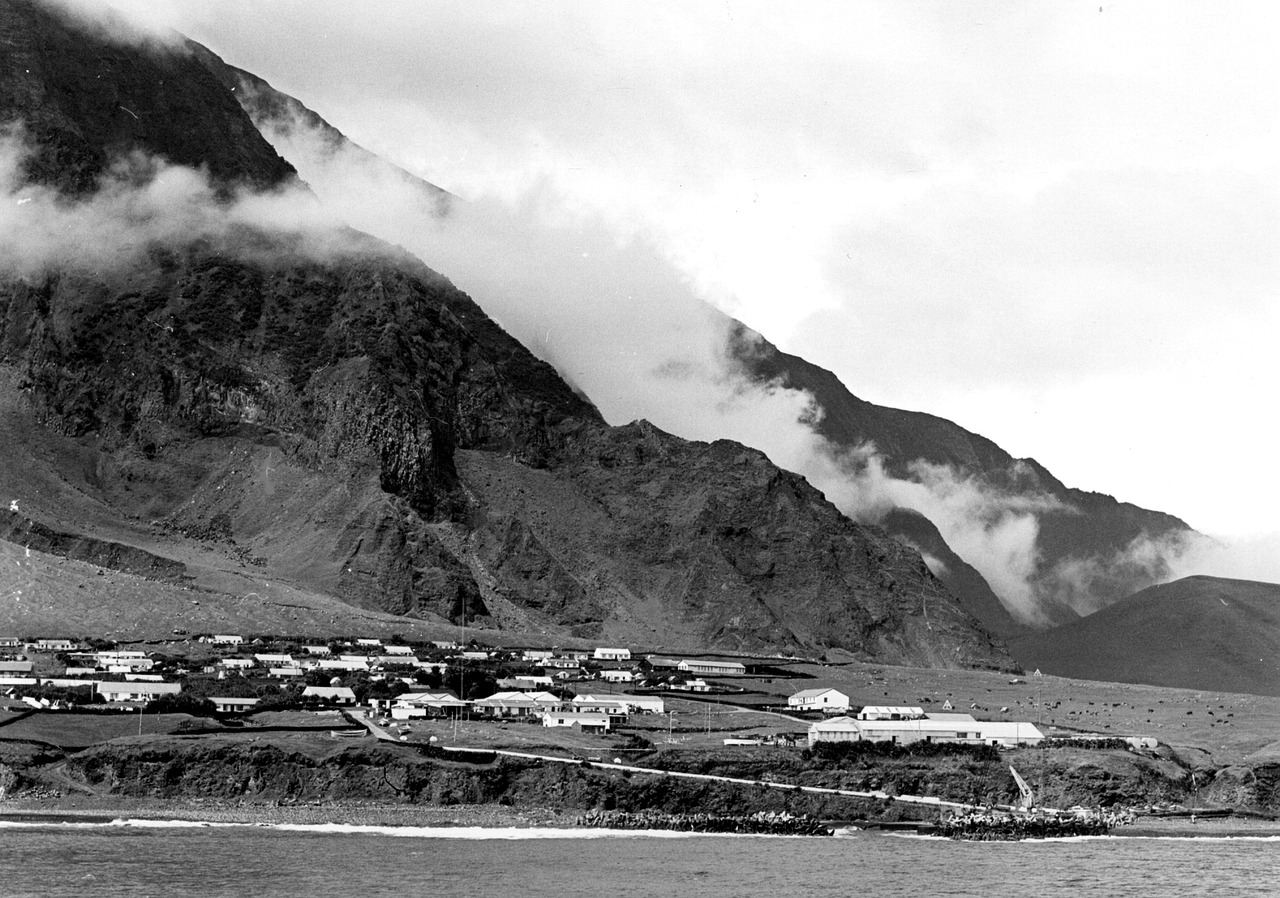
Tristan da Cunha stands as the most remote inhabited archipelago on Earth. Nestled in the South Atlantic Ocean, it lies about 2,400 kilometers away from the nearest inhabited land, Saint Helena. With a small population of around 250 residents, the island community thrives on fishing and farming. Despite its isolation, the islanders maintain a vibrant culture, blending British and South African influences. The island’s stunning landscapes, including volcanic peaks and rugged coastlines, create a paradise for nature enthusiasts and hikers who seek to explore its untouched beauty.
Pitcairn Island (British Overseas Territory)
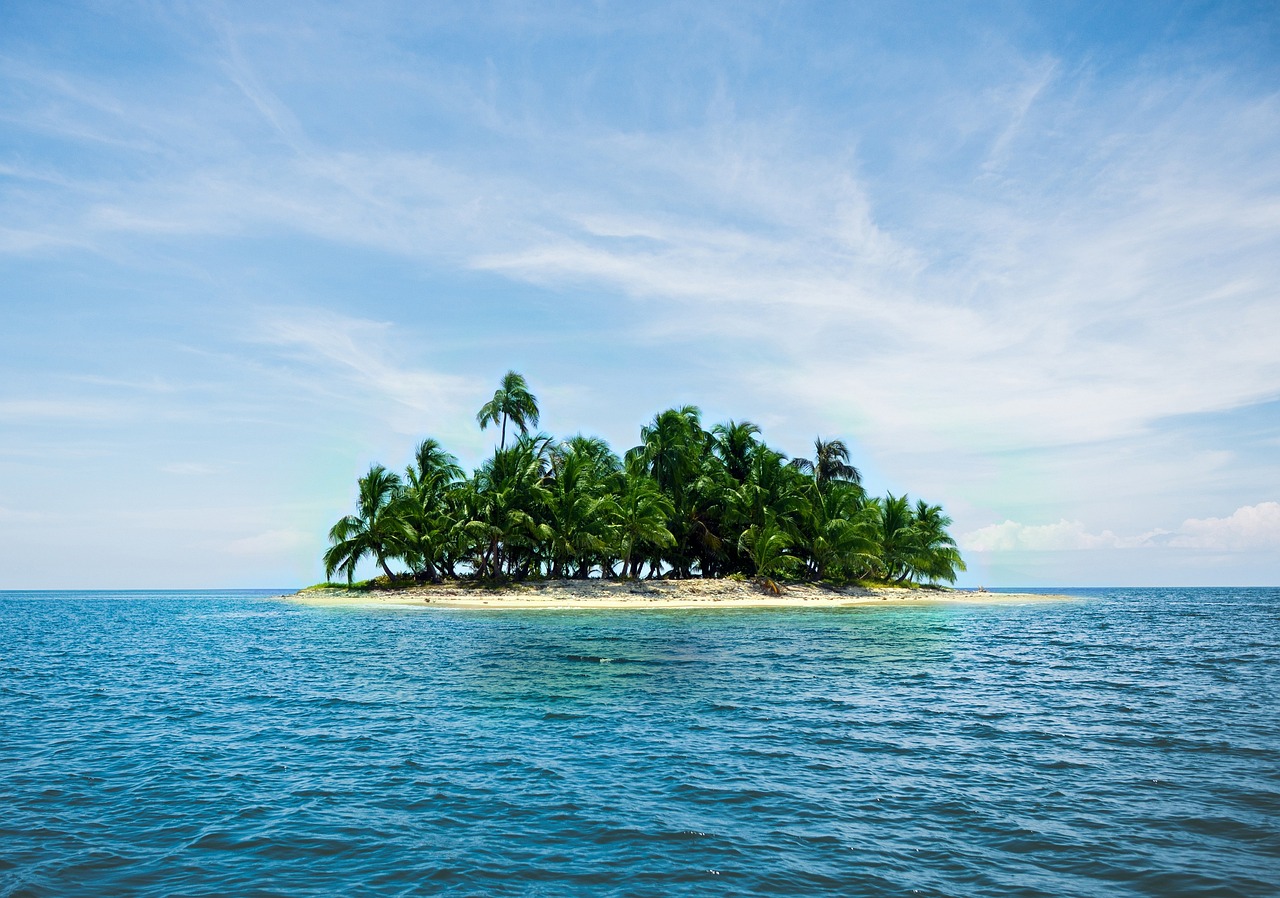
Pitcairn Island is steeped in history, famously linked to the mutiny on the HMS Bounty in 1789. This tiny island, nestled in the Pacific Ocean, is home to roughly 50 residents, mostly descendants of the mutineers. The island’s remoteness enhances its allure, as it is accessible solely by boat. Travelers who visit Pitcairn can delve into its rich history, exploring remnants of the Bounty’s crew’s settlement and the island’s unique flora and fauna. The close-knit community is welcoming, offering visitors a rare glimpse into a way of life that has endured for centuries.
Easter Island (Rapa Nui), Chile
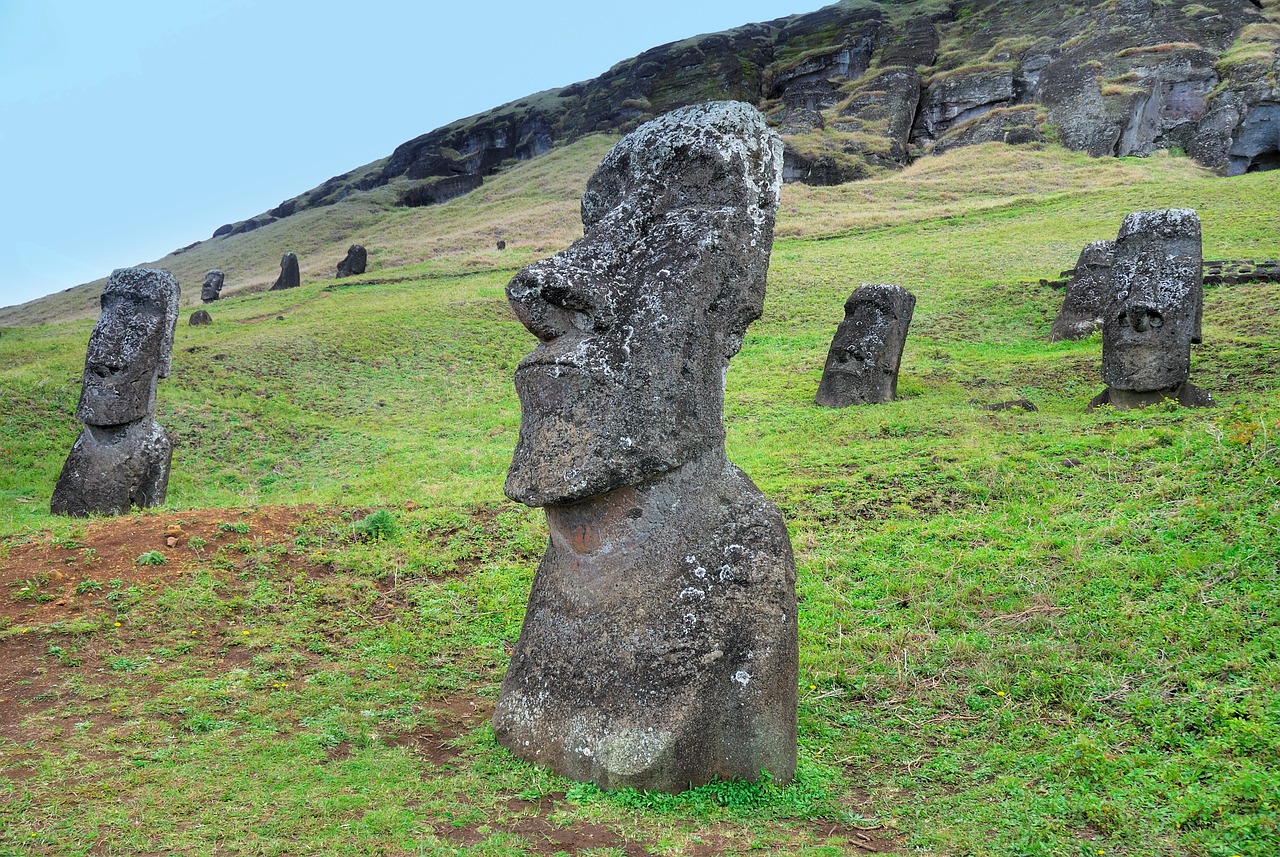
Easter Island, or Rapa Nui, is renowned worldwide for its enigmatic moai statues and vibrant Polynesian culture. Situated in the southeastern Pacific Ocean, it is one of the most isolated inhabited islands, approximately 3,500 kilometers from the nearest continental landmass. The island’s intriguing history and archaeological significance draw thousands of tourists annually. By 2025, visitors can witness ongoing conservation efforts aimed at preserving the island’s cultural heritage while marveling at its breathtaking landscapes, including volcanic craters and pristine beaches.
Bouvet Island (Norway)
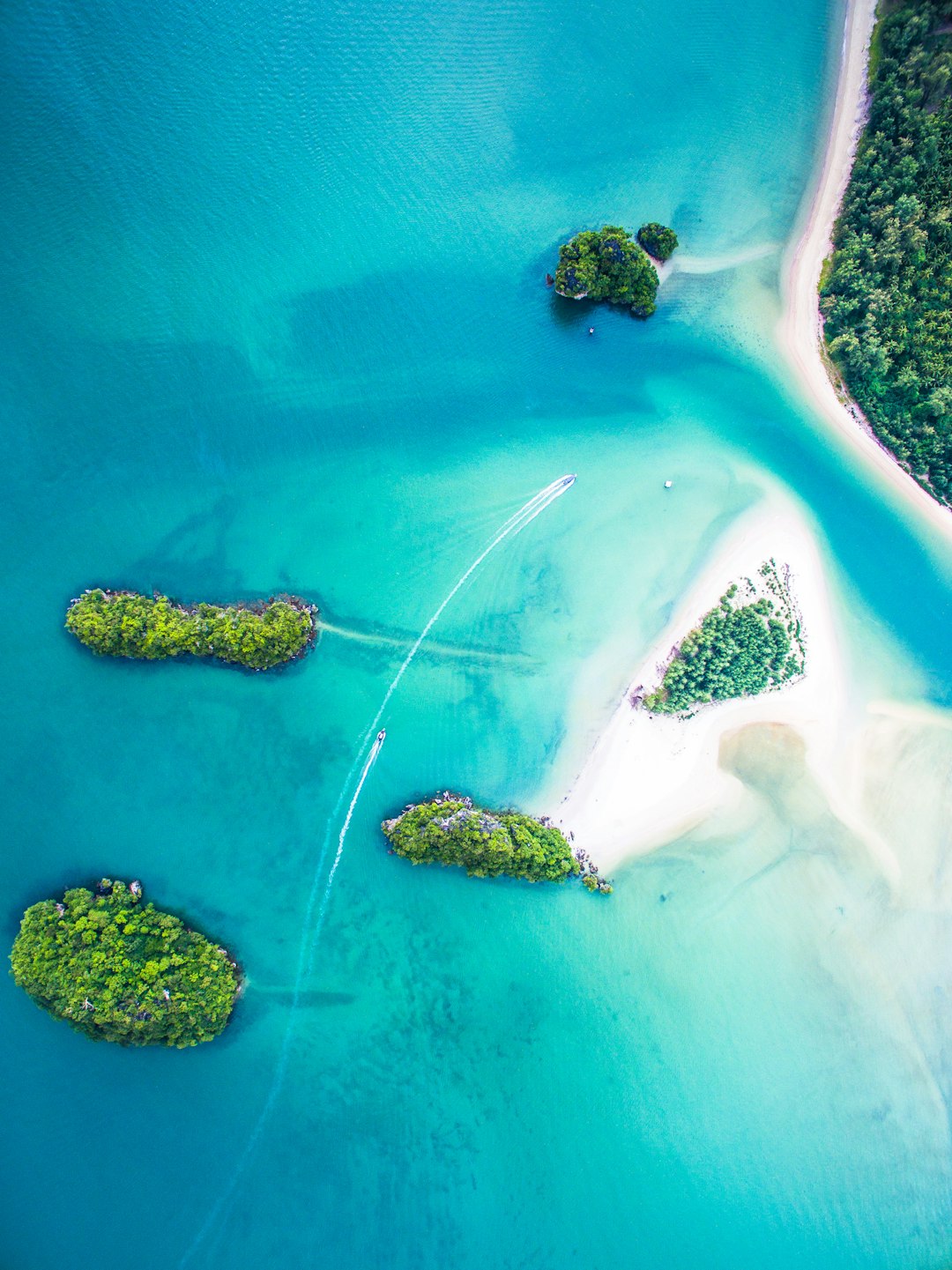
Bouvet Island is a true testament to nature’s raw power, located in the South Atlantic Ocean. As a Norwegian dependency, it is one of the most remote islands globally, lying about 1,600 kilometers from the nearest land. The island stands uninhabited, characterized by dramatic glaciers and a harsh climate. Primarily a nature reserve, Bouvet Island provides a sanctuary for various seabirds and seals. Though not a tourist destination due to its inaccessibility, it remains a focal point for researchers and adventurers eager to explore its untouched wilderness.
Socotra, Yemen
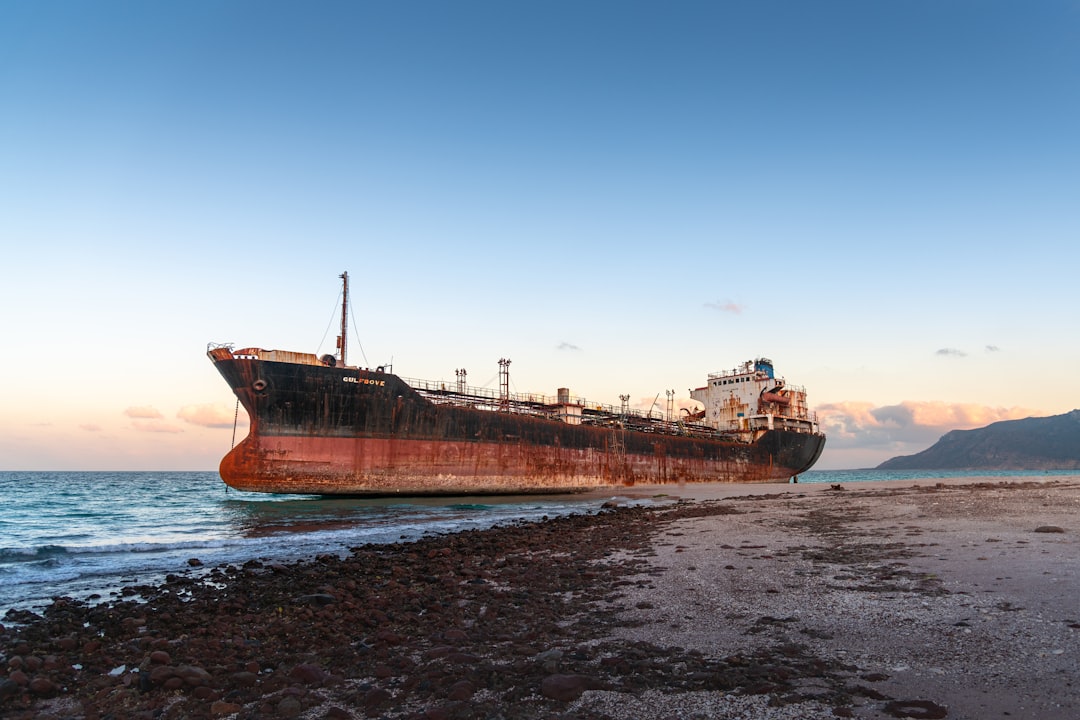
Often hailed as the “Galápagos of the Indian Ocean,” Socotra is celebrated for its astonishing biodiversity and distinct flora. Positioned off the coast of Yemen, Socotra harbors numerous species found nowhere else on Earth, including the iconic dragon blood tree. The island’s isolation has allowed its ecosystems to evolve independently, earning it the designation of a UNESCO World Heritage site. In 2025, travelers can explore Socotra’s stunning landscapes, from rugged mountains to pristine beaches, while immersing themselves in the rich cultural heritage of its inhabitants.
Kerguelen Islands (French Southern Territories)
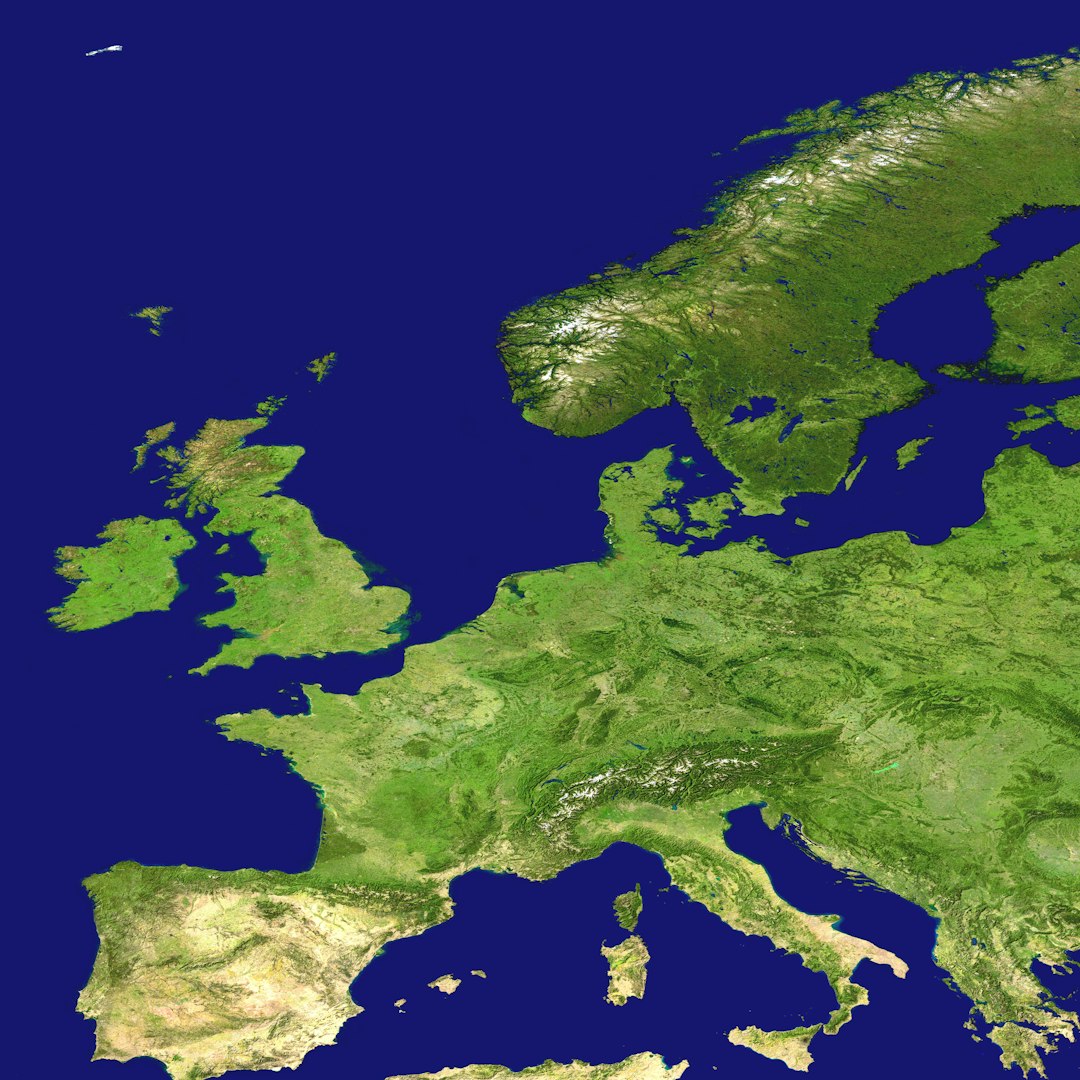
The Kerguelen Islands, often referred to as the “Desolation Islands,” lie in the remote southern Indian Ocean. As part of the French Southern Territories, this archipelago remains uninhabited except for a small research station. The islands boast dramatic landscapes, including mountains, glaciers, and a rugged coastline. The Kerguelen Islands serve as a haven for wildlife, particularly seabirds and seals. By 2025, they will continue to captivate scientists and nature enthusiasts keen on studying their unique ecosystems and climate.
Saint Helena (British Overseas Territory)

Saint Helena is renowned as the place of exile for Napoleon Bonaparte. Situated in the South Atlantic Ocean, it stands as one of the most remote islands with a permanent population of around 4,500 residents. The island’s rich history, stunning landscapes, and vibrant local culture make it an enticing destination. Visitors in 2025 can explore historical sites, including Napoleon’s residence, while basking in the island’s natural beauty, from rugged cliffs to lush gardens. The recent introduction of direct flights has made Saint Helena more accessible to travelers seeking an off-the-beaten-path experience.
Palmerston Island (Cook Islands)
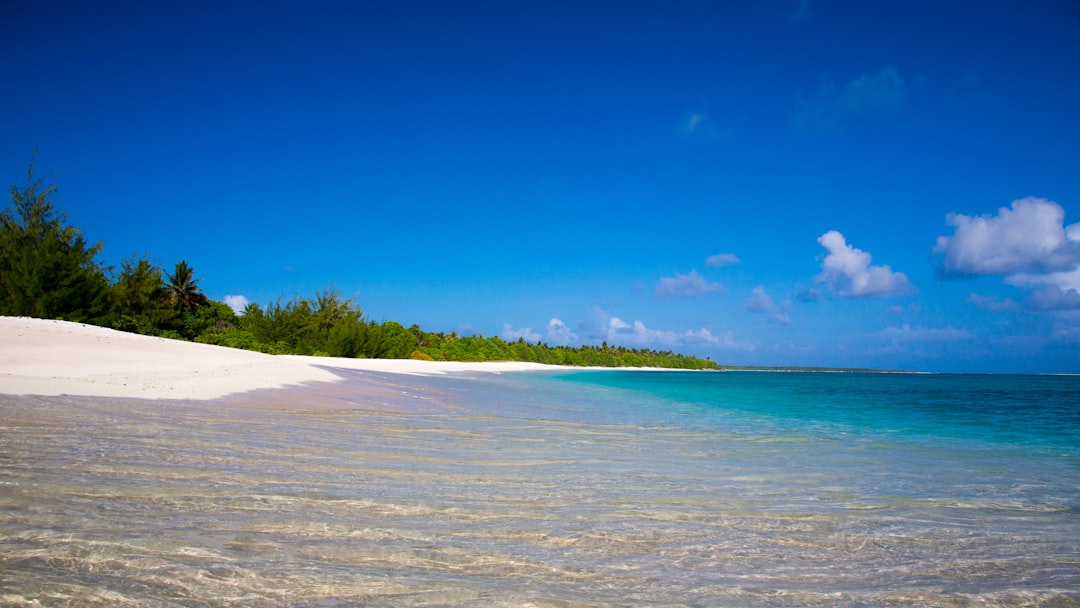
Palmerston Island is a small atoll in the Pacific Ocean, known for its warm community and stunning coral reefs. Inhabited by around 60 residents, all descendants of a single Englishman who settled there in the 19th century, the island is remote, located approximately 500 kilometers from the nearest inhabited island. In 2025, visitors can revel in the island’s laid-back atmosphere, engaging with the local community and exploring its vibrant marine life through snorkeling and diving.
The Allure of Remote Islands
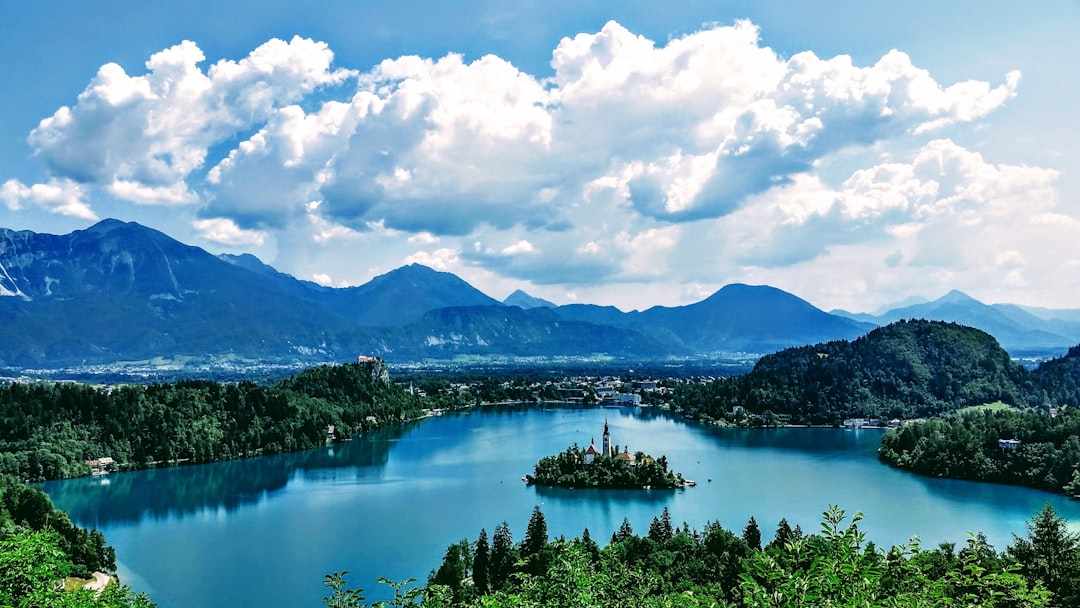
The world’s most remote islands offer a unique blend of adventure and tranquility. They invite travelers to step away from the hustle and bustle of everyday life and immerse themselves in the wonders of nature. Whether it’s the historical intrigue of Pitcairn Island, the biodiversity of Socotra, or the desolation of Bouvet Island, each destination promises unforgettable experiences. These islands stand as testaments to the beauty of isolation and the enduring spirit of exploration.
Preserving the Pristine Beauty
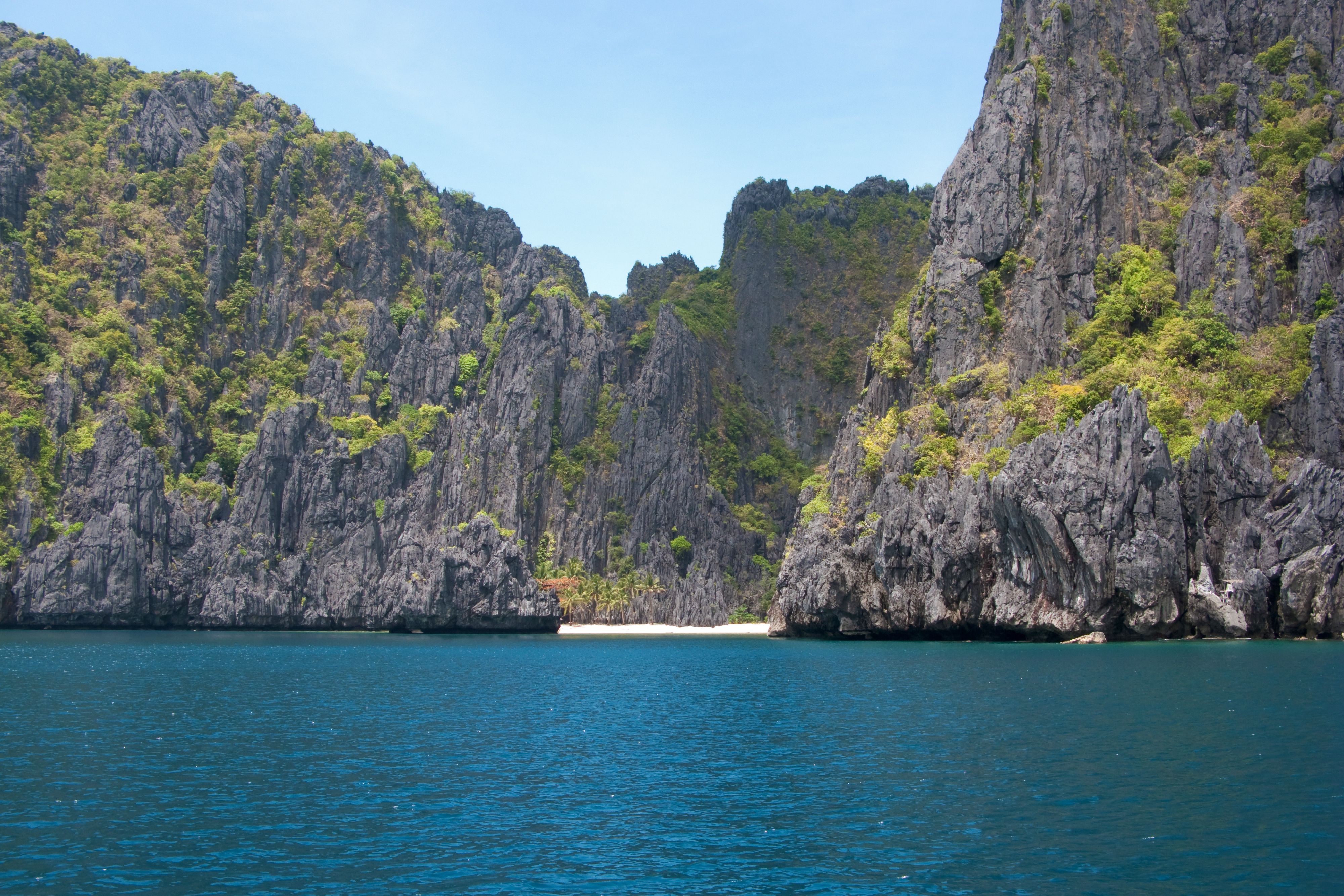
As we look toward 2025, preserving the pristine beauty of these remote islands becomes paramount. Efforts to protect their natural landscapes and cultural heritage are essential for ensuring that future generations can continue to explore and appreciate these hidden gems. Conservation initiatives and sustainable tourism practices play a vital role in safeguarding the unique ecosystems and traditions that make these islands so captivating.
